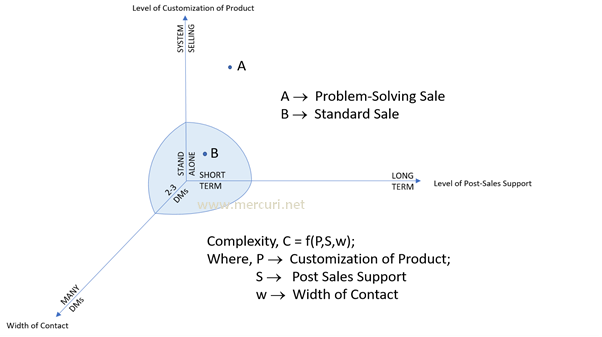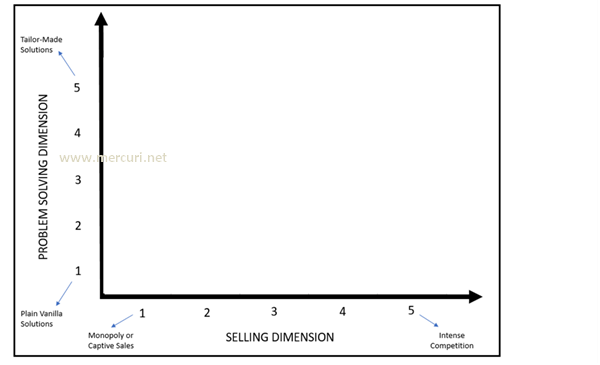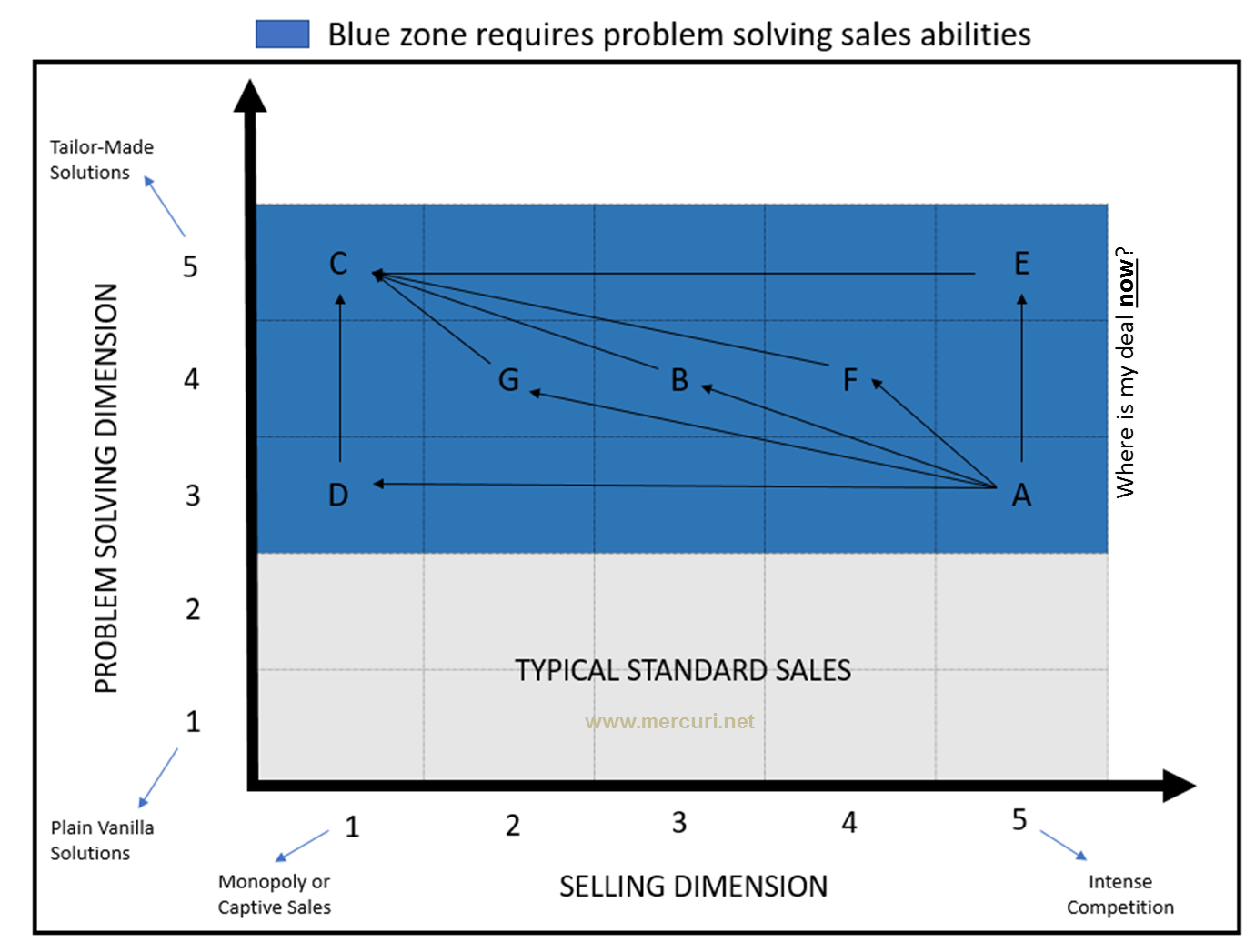Can you Solve the following three problems?
Richard works with a Carbide tools company. The company has a wide range of products. Typical descriptions of three levels of sophistication in the product range: - (Level 1) Carbide inserts i.e. tool tips as industrial consumable item. (Level 2) Standard Tooling Assembly. (Level 3) Specially designed custom tool set-up for an application. Richard used to sell standard tooling assemblies and has been promoted to custom tool set-ups. After a few visits to Customers of this product he asked his boss for help saying that when he asks these customers about the machining involved they tell him they do not know it yet. He asked how one can propose tooling set-up when one does not even know what machines would be used. Do you think this is a difficulty or an opportunity for Richard?
Michael has been working as Technical Services Manager with a company manufacturing plastic products of two types – Decorative (home interiors & furniture); Industrial (insulating substrates, material for gears, spindles). The company is an undisputed market leader for decorative products, but has very low share in industrial products. Michael has been providing technical support for both product groups and has been nominated on committees for national specifications and also represents the company at various Industry associations.
Industrial products have two market segments going by the customer size. One segment consists of several small scale industrial units. Second segment has large organized sector companies such as Siemens, ABB, Textile machinery makers, Printed circuit breakers etc. The company has 30% share of small scale sector while only about 5% of the organized sector, which is dominated by a competitor whose products are de facto specifications for many applications.
Michael was asked if he would like to take over as head of sales for Industrial products and he accepted the offer. What do you think in Michael’ background could help in his new assignment? Where would he have to make special efforts?
Anna is a senior salesperson with Comfort Interiors. The company manufactures an incredible variety of residential and office furniture in collaboration with world renowned multinationals. She handles project enquires and has 8 to 10 enquires at various stages in pipeline. Over the last two years she has been very successful with getting orders for some projects and very unsuccessful with other enquiries. This contrast is making her uncomfortable. So she asked for advice from her Vice President Sales. He accompanied her on 10 sales calls during a fortnight and then debriefed her starting with a comment - “Anna, essentially same approach will not work for all project enquiries”. During rest of the conversation he explained what he meant. Can you guess what it is?



















